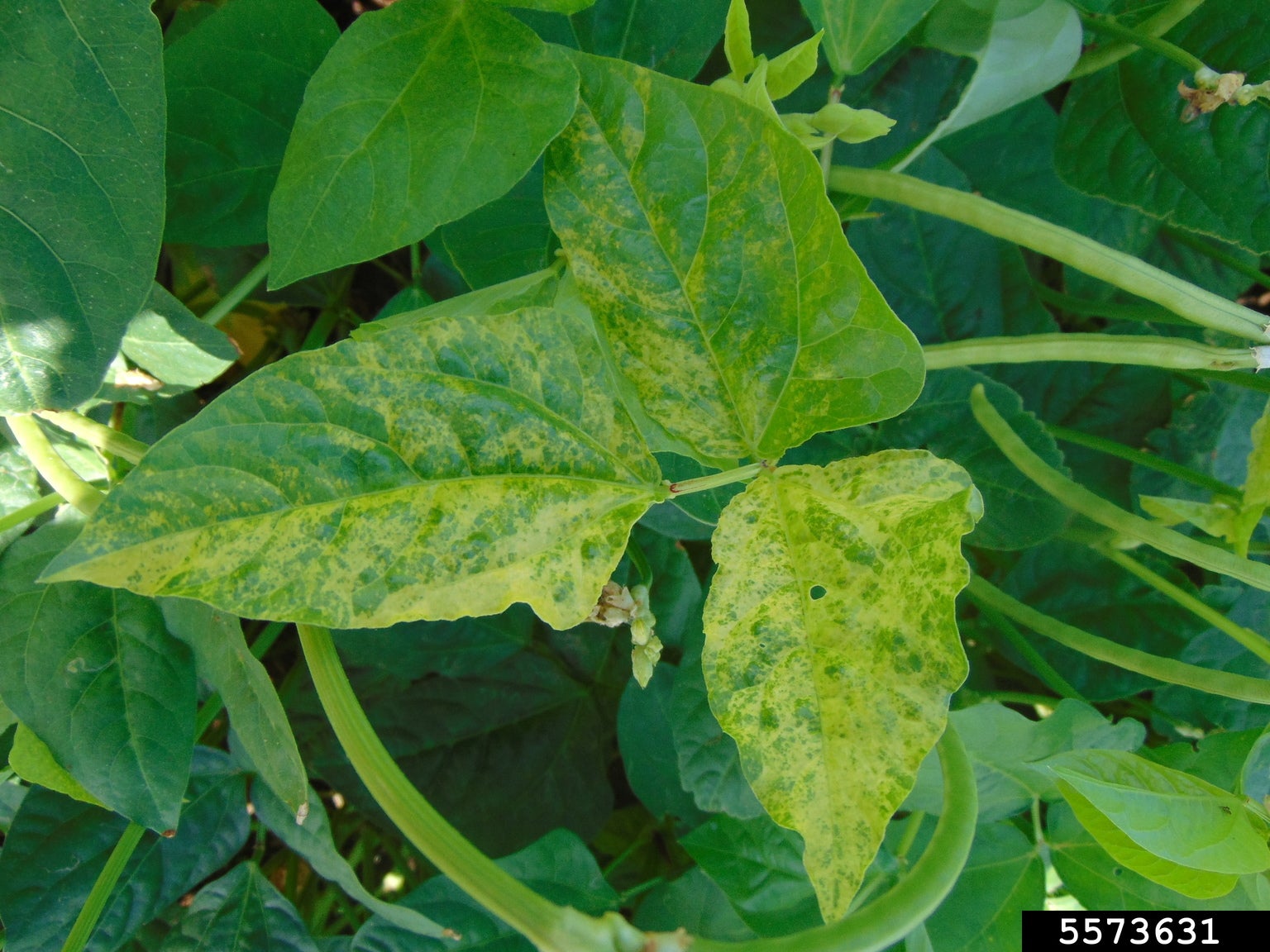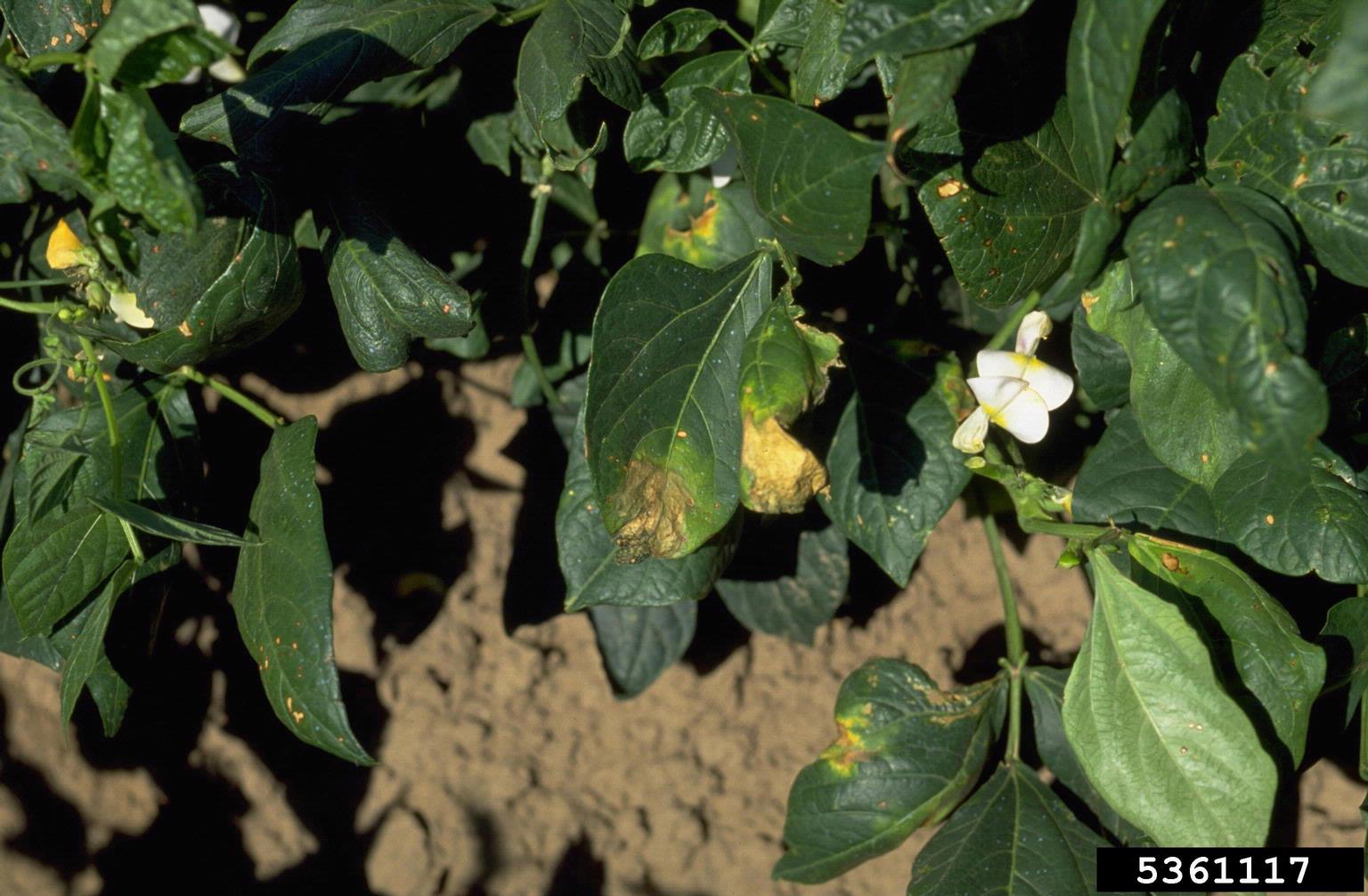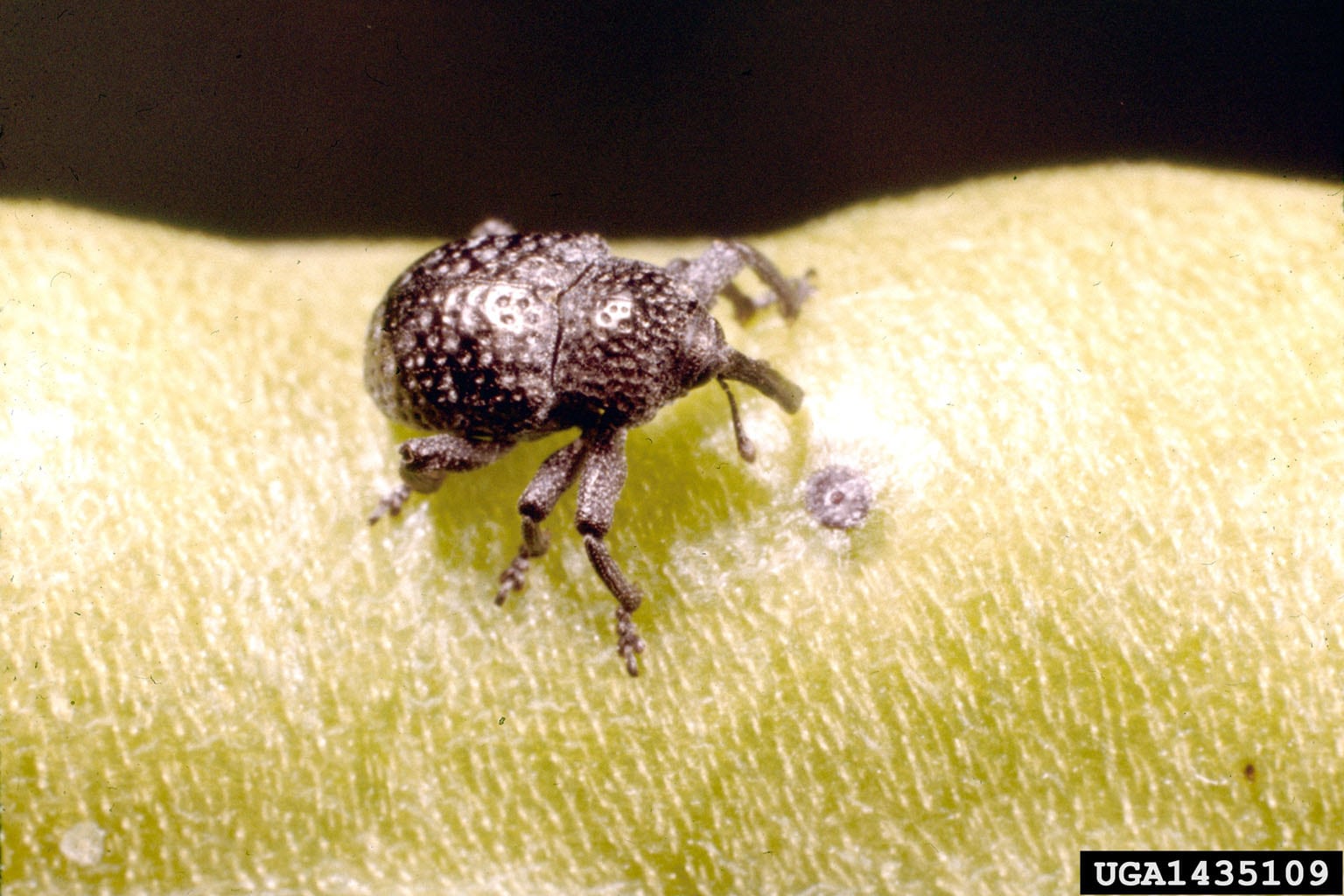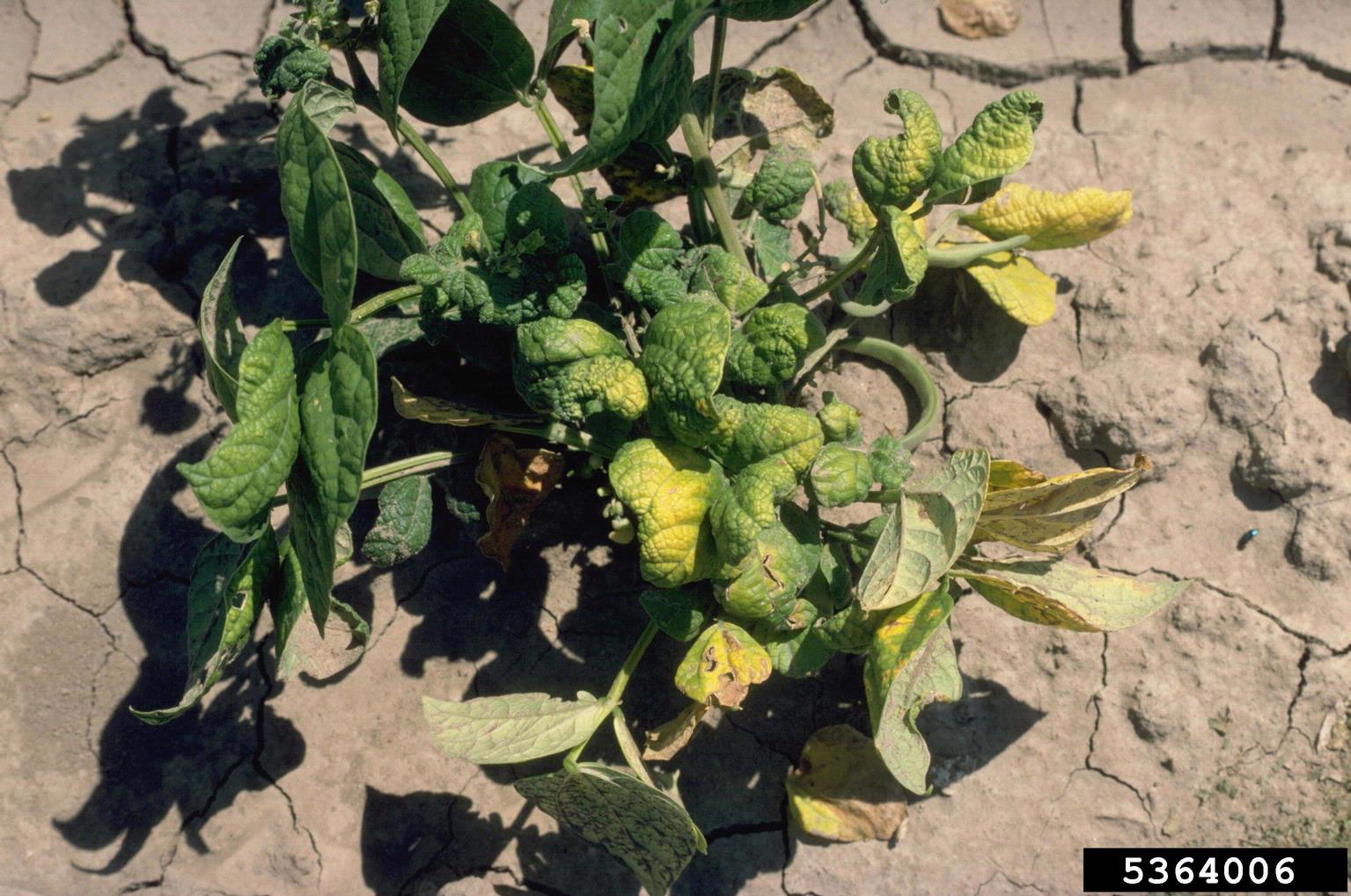Black-Eyed Peas Plant Care: Growing Black-Eyed Peas In The Garden


The black-eyed peas plant (Vigna unguiculata unguiculata) is a popular crop in the summer garden, producing a protein-rich legume that can be used as a food source at any stage of development. Growing black-eyed peas in the garden is an easy and rewarding task, simple enough for the beginning gardener. Learning when to plant black-eyed peas is simple and straightforward. Many types and varieties of black-eyed peas plants are available to grow in your garden. Black-eyed peas growing info says some types are commonly called cowpeas, crowder peas, purple-eyed, black-eyed, frijoles, or cream peas. The black-eyed peas plant may be a bush or a trailing vine and can produce peas throughout the season (indeterminate) or all at once (determinate). It is helpful to know which type you have when planting black-eyed peas.
When to Plant Black-Eyed Peas
Planting black-eyed peas should be done when soil temperatures have warmed to a consistent 65 degrees F. (18 C.). Growing black-eyed peas in the garden requires a full sun location, at least eight hours daily. Seeds of the black-eyed peas plant can be purchased at your local feed and seed or garden store. Purchase seeds that are labeled wilt resistant (WR) if possible, to avoid the chance of planting black-eyed peas that will succumb to disease. When growing black-eyed peas in the garden you should rotate the crop to a different area every three to five years for best production of the black-eyed peas plant. Planting of black-eyed peas is usually done in rows that are 2 ½ to 3 feet (76-91 cm.) apart, with seeds planted 1 to 1 ½ inches (2.5-4 cm.) deep and placed 2 to 4 inches a (5-10 cm.) apart in the row, depending on whether the plant is a bush or a vine. Soil should be moist when planting black-eyed peas.
Caring for Black-Eyed Peas
Supplemental water may be needed for the black-eyed peas crop if rainfall is scarce, though they are often grown successfully without supplemental irrigation. Fertilizer should be limited, as too much nitrogen can result in lush growth of the leaf and few developing peas. Soils vary in the type and amount of fertilizer needed; your soil requirements can be determined by taking a soil test before planting.
Harvesting Black-Eyed Peas
Information that comes with seeds of black-eyed peas will indicate how many days until maturity, typically 60 to 90 days after planting. Harvest for several days to a few weeks, depending on the variety you have planted. Harvest the black-eyed peas plant before maturity, for young, tender snaps. Leaves are also edible at younger stages, prepared in the same way as spinach and other greens.
Gardening tips, videos, info and more delivered right to your inbox!
Sign up for the Gardening Know How newsletter today and receive a free copy of our e-book "How to Grow Delicious Tomatoes".

Becca Badgett was a regular contributor to Gardening Know How for ten years. Co-author of the book How to Grow an EMERGENCY Garden, Becca specializes in succulent and cactus gardening.
-
 Looking For Plants To Give You The Soft And Fuzzies? Try These 5 Fuzzy Leaf Plant Options
Looking For Plants To Give You The Soft And Fuzzies? Try These 5 Fuzzy Leaf Plant OptionsLovers of texture, drama, silver foliage and tactile plants will adore these special sensory garden additions. These fuzzy leaf plant options will leave you all aglow
By Susan Albert
-
 Get Ready For A Summer Of Hummers! Grow These Full Sun Hummingbird Plants and Flowers
Get Ready For A Summer Of Hummers! Grow These Full Sun Hummingbird Plants and FlowersIf you’re lucky enough to enjoy a sunny backyard, make sure you are maxing out on your pollinator opportunities and grow these full sun hummingbird plants and flowers
By Tonya Barnett
-
 Southern Pea Mosaic Virus: Learn About Mosaic Virus Of Southern Pea Plants
Southern Pea Mosaic Virus: Learn About Mosaic Virus Of Southern Pea PlantsSouthern peas may be afflicted by a number of diseases, like southern pea mosaic virus. What are the symptoms of mosaic virus of southern peas? Learn how to identify southern peas with mosaic virus and control the virus in this article.
By Amy Grant
-
 Burnt Southern Pea Leaves: Treating Southern Peas With Burnt Leaves
Burnt Southern Pea Leaves: Treating Southern Peas With Burnt LeavesSince the vegetables thrive in high heat regions, the cause of leaf burn on southern peas is rarely sunscald. Some investigation into the most common causes of leaf burn can help diagnose and treat the condition. Click here for more info on southern pea leaf burn.
By Bonnie L. Grant
-
 Cowpea Curculio Management – Information About Cowpea Curculio Damage
Cowpea Curculio Management – Information About Cowpea Curculio DamageThough the fast-maturing plants require minimal care, some pests could drastically impact cowpea yields. Knowing the signs of one such nuisance, cowpea curculio, will ensure that gardeners are better able to manage damage done to their plantings. This article will help.
By Tonya Barnett
-
Southern Pea Cotton Root Rot – Treating Texas Root Rot Of Cowpeas
Are you growing cowpeas or southern peas? If so, you'll want to know about Phymatotrichum root rot, also known as cotton root rot. For information about cowpea cotton root rot and its control, this article will help.
By Teo Spengler
-
Southern Pea Root Knot Nematode: Managing Root Knot Nematodes On Southern Peas
Southern peas with root-knot nematodes can suffer in multiple ways. The pathogen can damage the plants enough to reduce the harvest, but it can also make your peas vulnerable to other infections, including fungal and bacterial diseases. Learn more here.
By Mary Ellen Ellis
-
Southern Pea Pod Blight Control: Treating Pod Blight On Southern Peas
Southern peas seem to have a different name depending on what section of the country they're grown. Whether you call them cowpeas, field peas, crowder peas, or black-eyed peas, they are all susceptible to wet rot. Learn more in this article.
By Amy Grant
-
 Cowpea Curly Top Virus – Learn To Manage Southern Peas With Curly Top Virus
Cowpea Curly Top Virus – Learn To Manage Southern Peas With Curly Top VirusSouthern pea curly top virus can leave your pea crop damaged if you don?t manage it. Transmitted by an insect, this virus attacks several types of garden vegetables and in southern pea or cowpeas, it can severely limit the year?s harvest. Learn more in this article.
By Mary Ellen Ellis
-
 Cowpea Leaf Spot Diseases: Managing Southern Peas With Leaf Spots
Cowpea Leaf Spot Diseases: Managing Southern Peas With Leaf SpotsLeaf spots of cowpea, which can also affect lima beans and other legumes, causes significant crop loss in the southern United States. However, the fungus isn?t limited to the southern states and can also occur in other areas. Learn more here.
By Mary H. Dyer